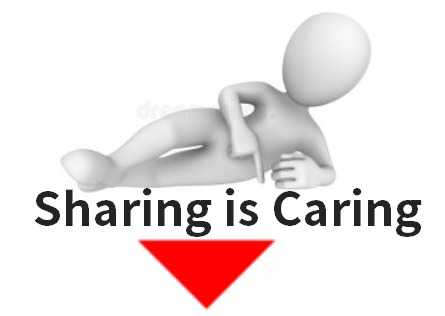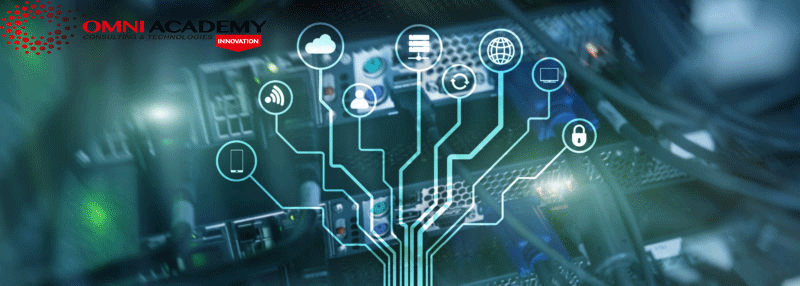
About
Research is going on in every sector of science. To understand the depth of each innovative idea, researchers are implementing those applications in different fields. Technology is becoming more advanced with time. IoT is an upcoming technology with various applications in different fields. Few applications of IoT in the healthcare system may give you a pre-notion over the forthcoming revolution.
Applications of IoT in Healthcare
Lots of existing problems can be solved with the collaboration of IoT. Different IoT solutions can improve the efficiency level of treatment and monitoring of patients. Below we are representing a few ideas of IoT applications in the Healthcare sector.
1. Remote Patient Monitoring
30 percent of medical patients re-admit into the hospital after surgery. Question is why? The straight answer is lack of monitoring patient. Tackle an emergency is still a challenge. Remote patient monitoring can be possible with the collaboration of IoT. Wearable devices with embedded sensors can monitor patient condition whole day long and can notify the doctor.
Insights of this application
- Helps underprivileged rural people with extent reach of the doctor so that proper guidance can reduce the death rate in rural are.
- Reduce travel and hospitalization costs overall.
- Timely access to data by medical personnel increases the potential of this application.
- Increasing demand for this type of IoT applications in healthcare as anytime anywhere access is possible.
- Sends notification to doctors if the patient does not take medicine regularly.
2. Hospital Operations Management
Lots of people work around the hospital, and obviously, it is a crowded, busy place. Stealing medical equipment is a crime that can cost a life. Sometimes doctors are so busy that they don’t have that opportunity to observe multiple patients simultaneously. Internets of Things in healthcare applications accumulate all the problems and bring the solution.
Insights of this application
- It can reduce the regular cost of medical equipment by monitoring the current condition of each one.
- Hospital authorities will know when they have to replace out of date equipment when IoT sensors would send notifications.
- Monitoring of how much quick response hospital stuff can give to the patient.
- Doctors will be able to know the current location of the required equipment that can be time effective.
- IoT applications can now also detect the cleanliness of hospital staff. This IoT in healthcare applications will help to maintain a healthy hospital environment.
3. IoT in Healthcare: Glucose Monitoring
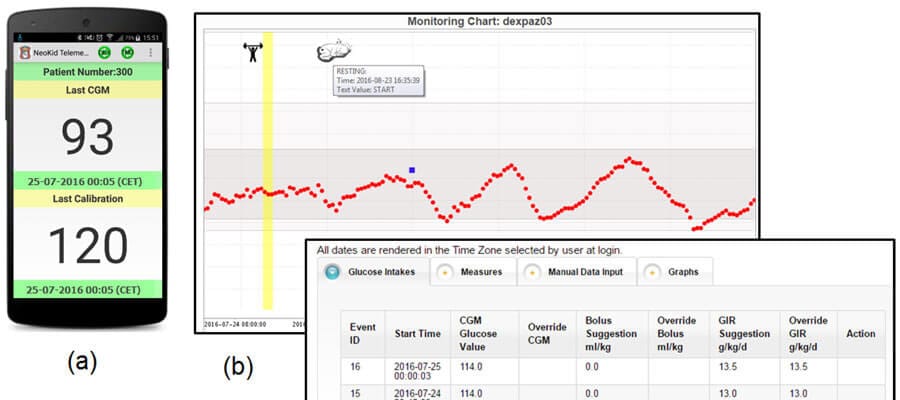
Diabetes is a chronic disease. It occurs for abnormal functionality of the pancreas gland. The main task of pancreas gland is to produce insulin hormone. Insulin controls the glucose level in our blood. When the pancreas produces less or no insulin, blood sugar can be up and down. This can leads to vital internal organ damage. So IoT applications with wearable or embedded body sensors that continuously monitor and send data of sugar level in blood can minimize the risk of death by diabetes.
Insights of this application
- Transmitter or sensors send data to the computer or smartphone screen then it can be analyzed by a physician.
- As it is possible to detect sugar level, early patients would be able to take the necessary steps early.
- HbA1c is a protein-related to diabetes. If it increases the risk of complexity by diabetes can rise. Monitoring the whole day and night by sensor helps to improve the HbA1c level.
- One of the disadvantages of this type of application is it may not give you 100% accurate results.
- The treatment of diabetes is still old-fashioned. If IoT in healthcare applications are implemented, it will be a lot easier to save more lives.
4. Connected Inhaler
Asthma is a disease that is not curable, but it is controllable by using the inhaler. Symptoms of an asthma attack can be realized by a patient half an hour to eight hours before. Internet of things in healthcare applications can provide smart solutions here. A sensor connected inhaler can alert the patient from a triggering factor (air pollen, temperature) to prevent an asthma attack.
Insights of this application
- The use of a mobile app by this application will make it possible to fight with respiratory illness for a long time.
- Accurate monitoring of current status can prevent future attacks.
- Doctors will be able to track the status of illness and notify the patient if the use of inhaler is necessary.
- Calculates data found from the sensor and suggest patients take necessary steps.
- Prevent extra hospital charges by early detection.
5. IoT in Healthcare: Interoperability
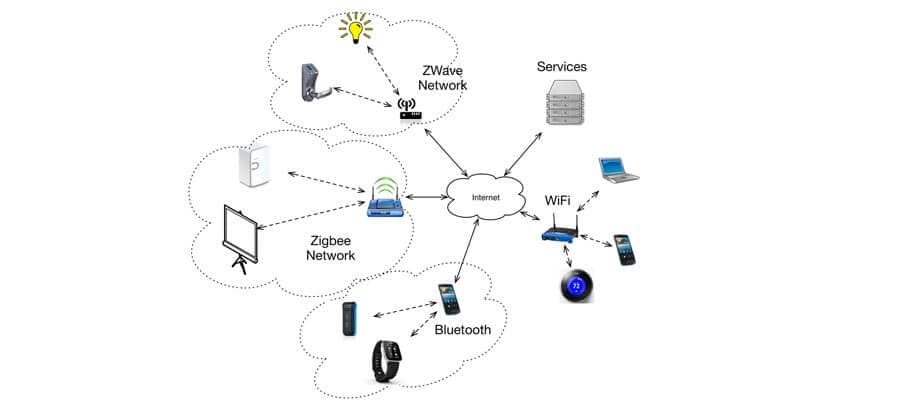
Different healthcare organizations started collecting a massive amount of data produced by IoT devices. Collecting those data, IBM Watson and Teva began to a new IoT project that will be responsible for creating new methods of treatment and prediction of chronic disease. Healthcare organizations use artificial intelligence and natural language processing to organize this data. It’s a perfect example of data science or big data in the healthcare system.
Insights of this application
- Well, organized data will start a new era of forward-thinking technology.
- Historical data will help doctors to find out the exact need of the patient.
- An IoT device sends and receives data via cloud storage. As a result, the same data can be reachable by multiple devices that are actually impossible with the current system.
- Data management by IoT technology leads to better patient care.
- Each hospital management system could be a research sector for data science.
6. Connected Contact Lense
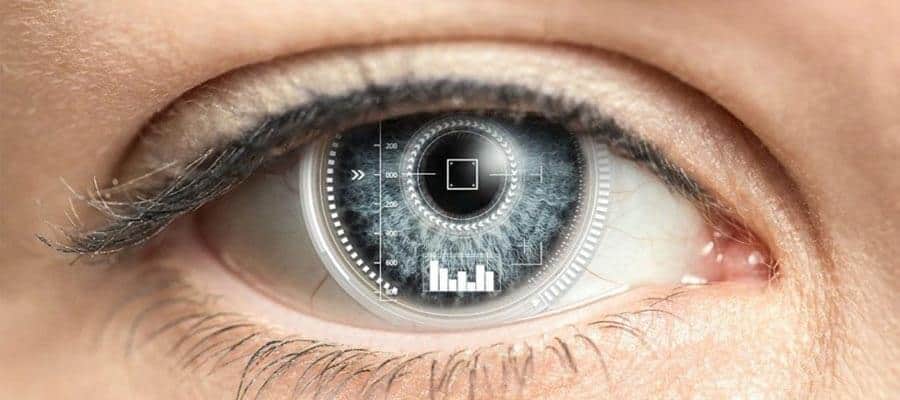
The eye is an extraordinary human organ. Tears put a thin layer over the eye to keep it working. But tears can do more rather keep it working with the help of IoT based contact lenses. With the combination of sensor and contact lense, it is possible to detect symptoms of various diseases which can be an extraordinary advancement of IoT in healthcare.
Insights of this application
- Detection of tear glucose level and early detection of diabetes could be possible by IoT based contact lense.
- Researchers are working to provide a solution of presbyopia (the disease caused by loss of elasticity of eye lens) via sensor-based contact lense.
- Triggerfish a smart contact lens can detect the change in the size of the eyeball, which is a symptom of glaucoma.
- Near future, it will be possible to dispense medication to the eye, which is better than using eyedrop.
- Like other application-consistent monitoring of eyeball will draw a new dimension.
7. IoT in Healthcare: Hearing Aid
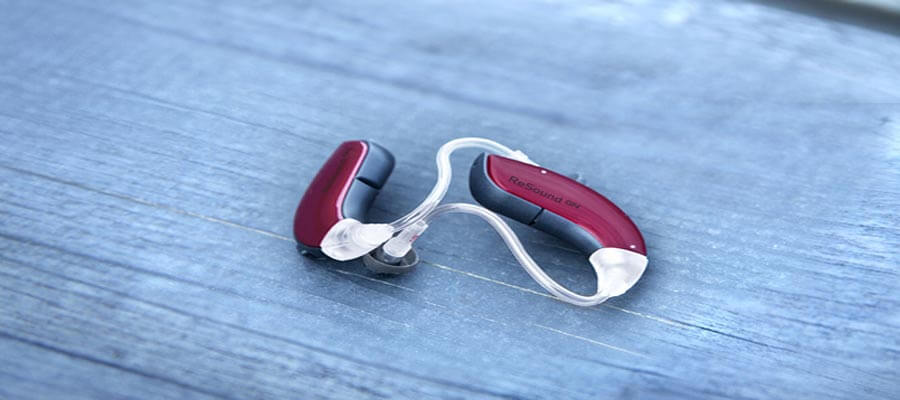
IoT in healthcare is playing a smart role, and IoT based hearing aid application is already familiar. Almost 466 million people have progressive hearing loss problems. Connecting all internet enable devices serves a great purpose of making our life easy. Below some of the characteristics of IoT based hearing aid applications, we are representing.
Insights of this application
- Advantages of listening doorbell ring anywhere from the world by hearing aid if both devices are connected via the internet.
- Possible to turn the light on or off from remote places on voice command.
- Very helpful to listen to the sound in a noisy environment, which is a blessing of IoT in the healthcare sector.
- With the use of the smoke sensor, it is possible to use it as a smoke detector.
- Users can listen to several conversations at the same time.
8. Blood Coagulation Testing
Blood clot level plays an essential role in the human body. For the treatment of various diseases like diabetes, stroke, etc. it is necessary to know the blood clot level. IoT in healthcare devices can monitor the blood coagulation system from time to time, which helps to keep the patient’s activity under the therapeutic range to lower the risk factor.
Insights of this application
- This Bluetooth enabled technology helps the patient to monitor how quickly their blood clots.
- Lower the risk of brain stroke and the bleeding problems of diabetes patients.
- Reduces hospital costs of blood clot testing as doctors can monitor the patient from distant places.
- IoT applications in healthcare like blood clot testing can make life easy for anticoagulated patients.
- This application can remind patients to test their clot level, which reduces risk factors to patients.
9. Smart Watches for Depression
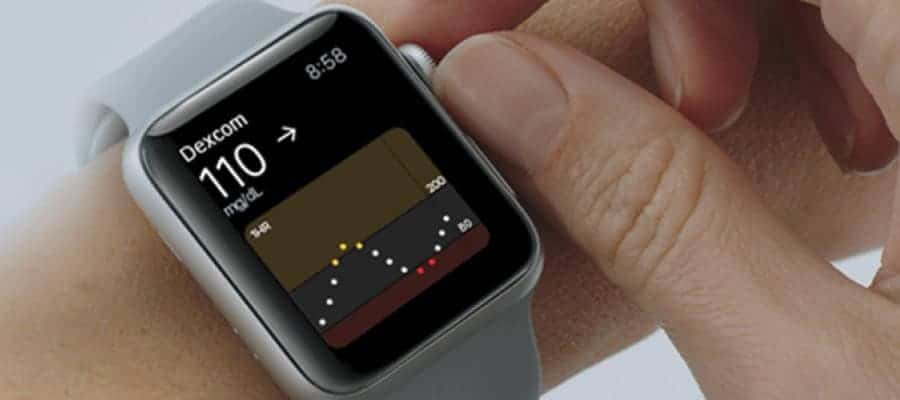
Recently tech-giant Apple started working on their smartwatch to detect depression levels. Every year lots of people take treatment for depression. This device can track and suggest what to do in case of depression. This is an innovative example of artificial intelligence or machine learning in healthcare, which helps to give the prediction of the depression level of the users. We hope this “on test” internet of things in healthcare will help to cure the mental health of working-class people very effectively.
Insights of this application
- One of the smartest examples of IoT healthcare solutions.
- This application asses and monitors patient’s depression level and store data in the cloud.
- It enables the psychologist to understand the insight of patient problems by monitoring from distant places.
- The test result of this application is showing that it is reliable to depend on it, which could be an authentic example of IoT in healthcare.
- Researchers are developing more apps to connect with sleep cycle and fitness activity to cure depression.
10. Cancer Detection by IoT Devices
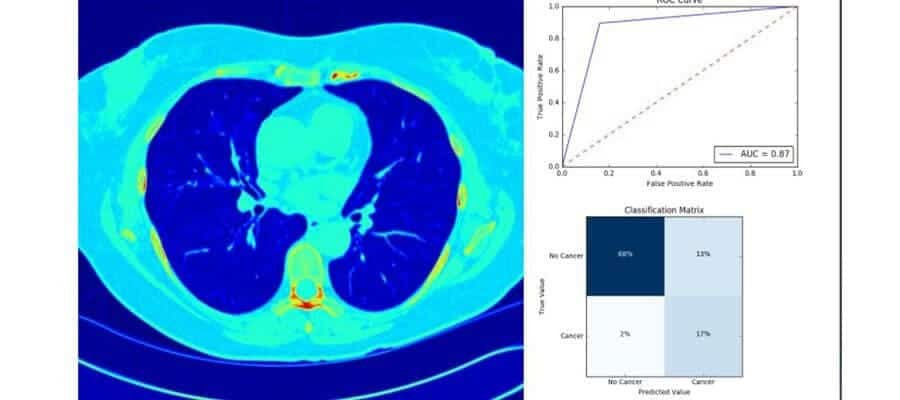
IoT has great potential for various industries. But IoT in healthcare can give us more. Breast cancer is the second dangerous phenomenon for women after lung cancer. The idea behind detecting breast cancer is the use of “ITbra,” which is more effective than regular cancer detection procedure. This cloth can detect temperature changes with seven embedded sensors on breast tissue.
Insights of this application
- Analyzing abnormal pattern it uses a machine-learning algorithm to predict early-stage cancer.
- Women need to wear this cloth just for 2 to 12 hours in a month.
- No radiation or side effects of this wearable technology.
- Reduces the cost of normal cancer detection. It may help women from developing countries under the risk of breast cancer.
- Notify doctor and patient by smartphone if symptoms found.
11. Parkinson Patient Monitoring
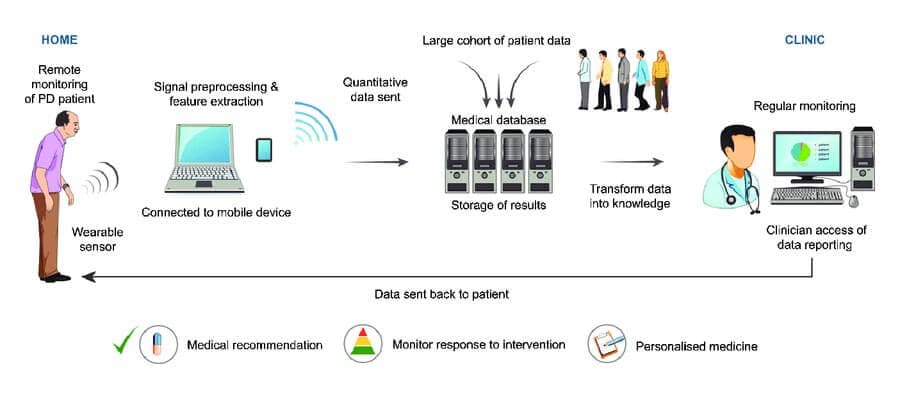
Parkinson’s patients need to be observed at every moment. IoT applications in healthcare provide a solution. Research results like “Movement disorder API” can detect abnormal footstep, instability of stride length in patients to draw a graph pattern. The doctor analyzes and checks data from the cloud and suggests relatives of those patients what to do.
Insights of this application
- Analyzes every pattern of the patient and notify physicians who are impossible for real life.
- The procedure is continuous and automatic, that reduces pressure.
- Early detection is possible by analyzing symptoms.
- FOG(freezing of gait) is a condition of Parkinson’s patients when then they experience a sudden lack of movement. Researchers are working to detect the FOG stage in a more accurate way possible.
- One of the promising examples of IoT healthcare solutions is the Parkinson monitoring application. It can bring a revolution.
12. Ingestible Sensors
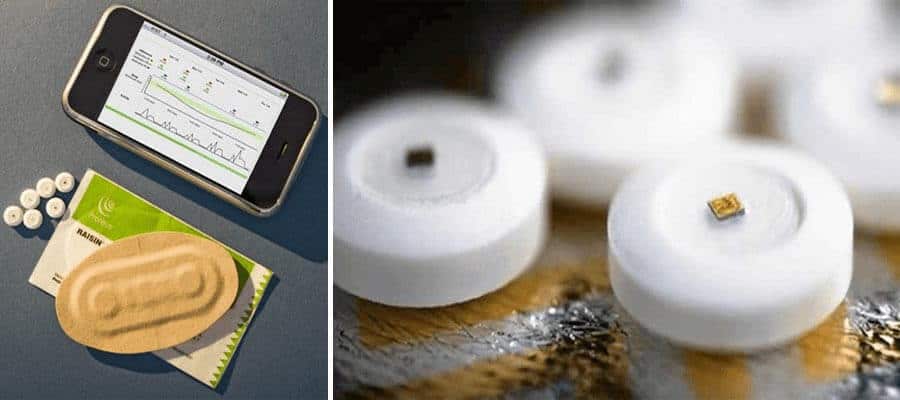
Let say your smartphone got a message that your family member did not take medication at the proper time, which is frustrating. IoT in healthcare suggests a solution here. According to a study of WHO 50%, people don’t take medication as indicated by the doctor. This practice leads to the severe conditions of the patient. Ingestible sensors with magnesium and copper coating can trigger a signal if medication is not taken at the exact time.
Insights of this application
- Monitors if patients are taking the medication at the wrong time, which can cause side-effects.
- Research is going on if it is possible to track chronic disease.
- In the area of mental health, this application can play a vital role in cure as you know psychiatric patients hardly take medications.
- This application is very cost-effective as it ensures the consumption of medication.
- IoT healthcare solutions like this example can reduce the daily life pressure of the caring patient.
13. IoT in Healthcare: Robotic Surgery
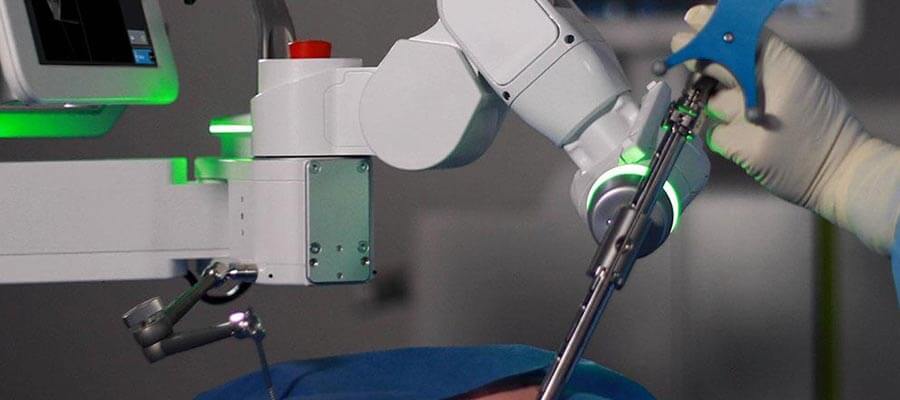
The health care sector is becoming more complex day by day, and with time, researchers are connecting devices via the internet. To perform the surgical operation, more precisely, doctors are using IoT enabled robotic devices. The little robotic device can perform operations inside the body of the patient.
Insights of this application
- It enables doctors to perform the operation with more control and precision.
- It makes it possible to perform the operation from the distant place, which can save many lives both in the hospital and war zone.
- They are already performing surgery like cardiac valve repair, gynecologic surgical procedures, and more.
- Performing surgery for a long time can be a problem sometimes. The use of a robotic device can solve this problem.
- Security risk can be high as devices are connected to the internet.
14. Hand Hygiene Monitoring
Hand hygiene is an essential normal practice. But it is more important for the staff of the medical sector. Study says that poor hand hygiene practice can spread various disease in a health institution. Internet of things in healthcare applications provides a solution. The idea is to use hand-sanitizer dispensers with sensors to monitor the exact time of when that was used.
Insights of this application
- The regular workflow of the clinic increases.
- It sets a degree of cleanliness among all the stuff.
- Real-time communication of hand hygiene monitoring systems.
- It makes a beep sound if medical stuff comes close to patients without handwashing.
- Increases the practice of hand wash among medical stuff.
- This application uses foot traffic sensors and hand sanitizer dispensers to collect data and sends it to Microsoft Azure, a cloud-based computing service.
15. Efficient Drug Management
IoT in healthcare indicates a new revolution in the medical sector. Drug management effectively is a challenge. Starting from production to usage by patient supply chain management can be misused. IoT applications in healthcare bring a solution. The usage of smart tags in drug distribution and monitoring properly by smart devices is a reasonable solution.
Insights of this application
- Authorities are using Radio Frequency Identification (RFID) for careful distribution.
- Ensures reporting of the appropriate parameter (Example: Temperature) during the production of drugs.
- Reports to the regulatory body via cloud if any there is wrong distribution.
- Improved supply chain management can reduce overall production costs.
- End result of this application is to provide quality drug to patients.
16. Gps Smart Sole
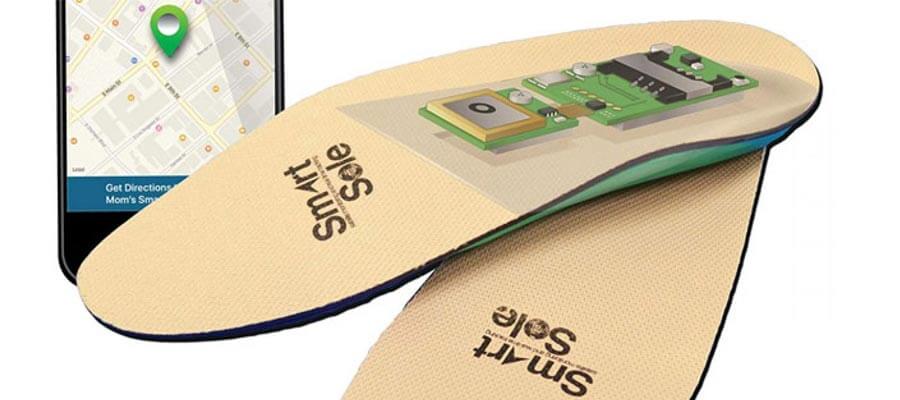
Handling an Alzheimer’s patient is not an easy task. They forget so many daily necessary tasks and stuff and often found lost. Smart insole embedded with GPS could be a solution to monitor its location. It has the advantage to fit easily into any adult shoes, which brings more comport to loved one of the patients.
Insights of this application
- It uses both satellite and cellular technology for GPS tracking.
- The advantage of wireless charging will give more comfort to use it.
- This is an entirely waterproof application. If the patient somehow falls into the lake or river GPS will be still ongoing.
- As we know, even patient with an advanced memory disorder do not forget to wear shoes. So this application could be useful.
- Built-in a way that if a patient is wandering, it will send the notification.
17. IoT in Healthcare: Body Scanning
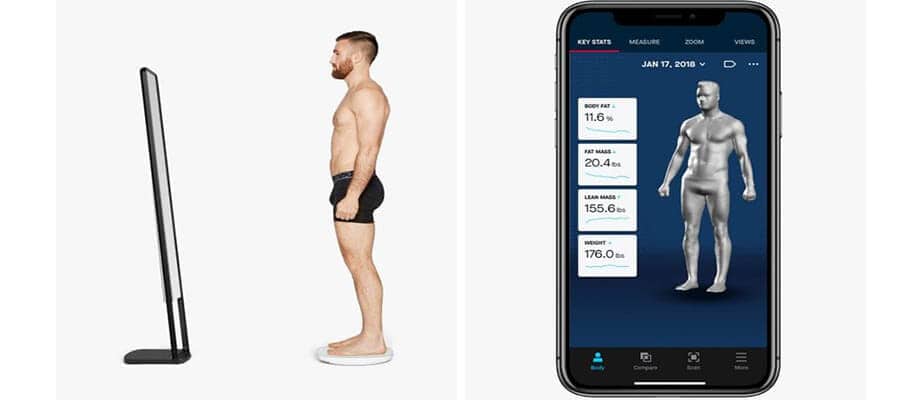
Everybody wants a fit body. But regular fitness checkup is sometimes turned to be costly. The smart body scanner is an example of IoT in healthcare, which tracks your body change, including other parameters and shows a comparison between previous results. We are talking about output combination among a full-length mirror with 3D cameras and a weight scale and a mobile application.
Insights of this application
- 3D cameras will capture 360-degree images of you and create a 3D model of your body then it sends data to a smart app that uses a proprietary algorithm to generate an output.
- Weight scale, which is called turntable, will spin your body for at least 15 seconds.
- You will get your output of body fat, circumference, comparison with earlier scan in your mobile apps.
- Analyzes result and provides a graph chart which will clear your concept on the current status of your body.
- Regular use of this device will help maintain the fitness of your body.
18. Medical Waste Management
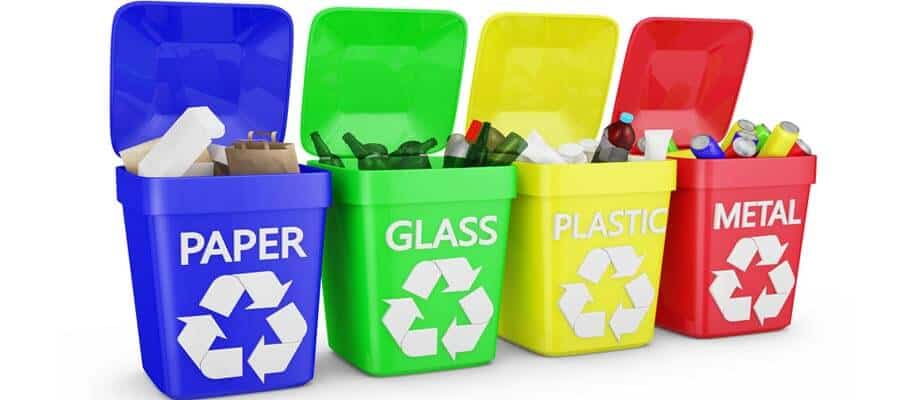
Medical waste can bring mass infection. This problem needs to be solved very smartly and carefully. Automated medical waste management can suggest a solution. Sensors embedded in each dustbin, which is located the different corners of the hospital will notify the current amount of trash. If the amount of waste is beyond the threshold, an automated robot will collect the garbage from the trash bin and dump it outside of the hospital.
Insights of this application
- Reduces risk factor in a hospital which brings more quality environment in the hospital.
- Extra work pressure of hospital decreases, which enhances other advantages of the hospital.
- This application is one of the cost-effective examples of IoT in healthcare for any hospital.
- So many hospitals are using this application, and research is going on to bring more advanced output.
19. Heart Rate Monitoring
The number of heart patients is increasing day by day in the whole world. IoT applications can detect heartbeat and pulse, which can reduce the risk factor. A sensor connected device sends real-time pulse rate to the cloud, and doctors can check that data anywhere from the world. This application carries real healthcare value.
Insights of this application
- Analyzes heart rate and sends data to the internet, which is visible from mobile or desktop app.
- Very helpful for emergencies.
- This application provides data security, which helps to prevent the IoT security threats.
- Records incident after each heartbeat.
- Most effective and demandable application of IoT in healthcare.
20. Nurse Assistant Robot
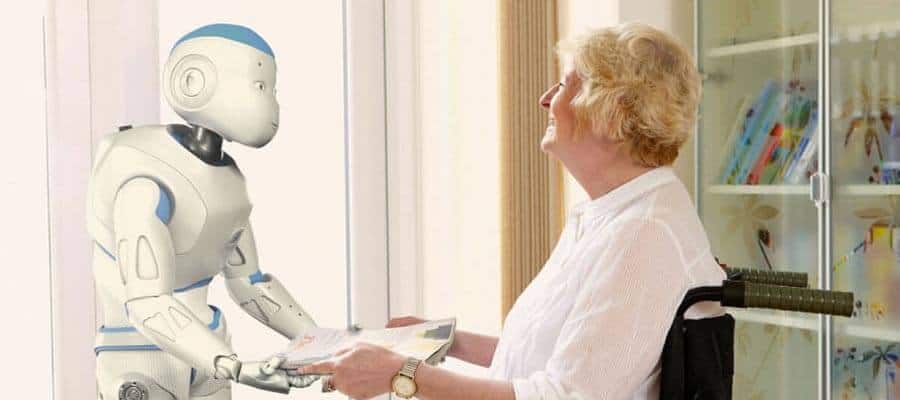
The combination of the internet and robot is giving new solutions to a different industry. We are talking about robots that can assist the nurse in the hospital, which is an extraordinary advancement of IoT and healthcare sector. Robots in each patient’s room can make the treatment more effective. At the same time, it helps nurses in different ways like providing medicine and equipment or giving an alert for the fixed task and so more.
Insights of this application
- This solution not only just helps nurses but also can communicate with the patient, which gives them more comfort.
- Nurses can set up their own commands according to their own schedule.
- Can clean the room for new patients if any patient discharged.
- Reduces the cognitive load of nurses, which brings more potentials.
- This application designed in a manner that it should be non-threatening and controllable by web and mobile apps.
Final Thoughts
As the whole world is under great depression for proper medical care, but IoT in healthcare gives much comfort. The population is increasing with time, and it will be so much tough shortly to provide appropriate treatment. The use of IoT healthcare solutions reduces cost and drives the treatment to home-centric.
Please give us your valuable opinion by commenting below and feel free to share this article on social media.
Related Courses – Learn Online Now
RPA (Robotic Process Automation)
Machine Learning with 9 Practical Applications
Mastering Python – Machine Learning
Data Sciences with Python Machine Learning
Data Sciences Specialization
Diploma in Big Data Analytics
Learn Internet of Things (IoT) Programming
Oracle BI – Create Analyses and Dashboards
Microsoft Power BI with Advance Excel
